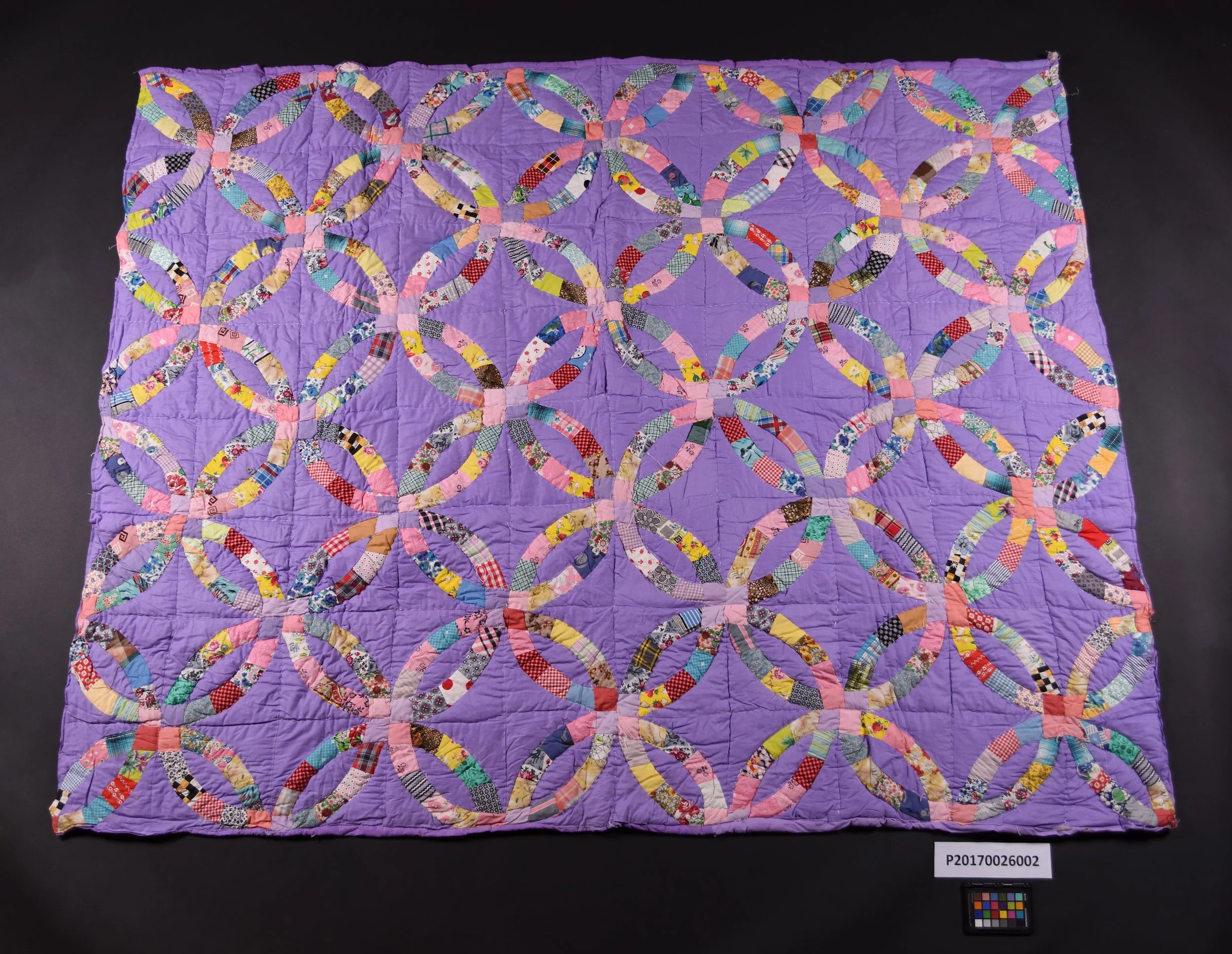National Indigenous Peoples Week - Regalia with Tatiana Weasel Moccasin
Tatiana Weasel Moccasin of the Blood Tribe and Piikani Nation describes her regalia and how it is tied to the history of the Jingle Dress Dance. The week of June 21, 2021 is the national 25th anniversary of celebrating the heritage, diverse cultures and outstanding achievements of First Nations, Inuit and Métis peoples.
The Galt is grateful to the subject-matter experts delivering online content. As local professionals and knowledge experts, these presenters add valuable contributions to the local discourse; however, their ideas are their own. The people featured in the videos and those behind the scenes followed best practices to protect their health and safety.
Although Claudia Tennant was not a graduate of the Galt School of Nursing, it was a key part of her life. Tennant spent twenty years at both the Galt Hospital and the Lethbridge Municipal Hospital as the Director of Nursing for the Galt School of Nursing. Her original decision to become a nurse was influenced by Lucy Hatch McInnis, a graduate from the Galt School of Nursing’s first ever class in 1913.
In 1907, just one year after miners went on a nine-month strike, Eliott T Galt donated $30,000 for the construction of a larger hospital in Lethbridge. The city matched this amount, and a new hospital was built to replace the 1891 hospital building which was no longer large enough to serve the community. The new Galt Hospital, which we know today as the Galt Museum & Archives, opened in 1910. With this addition, the hospital could now accommodate 65 patients.
Many of us will at least have vague memories of Senior Men’s basketball here in Southern Alberta. True Senior men’s basketball. It began being played in Southern Alberta not long after the game made its way here in 1904. I’ve been able to find records of Senior Men’s ball being played for Provincial Championships as early as 1908. The earliest reference to an Alberta team was in 1915, and the first Southern Alberta team was in 1918 and it was just called “Lethbridge”.
It all started 120 years ago, on July 1. The town of Raymond, with its population of under 5000 people, has perhaps one of Alberta's longest and most notable histories of any basketball program. In 1904, the Raymond Exhibition sponsored what has become known as the first official game of basketball in, what was then, the Alberta region of Canada’s Northwest Territories. Alberta became a province in 1905.
Construction of the original Galt Hospital in 1891 was financed by Sir Alexander Galt, owner of the Northwest Coal and Navigation Company. Coal miners in the Oldman River Valley desperately required health care due to unsafe working conditions. Frequent exposure to dust and toxins often led to illnesses such as pneumoconiosis (black lung disease), pulmonary disease, asbestosis, and cancer.
Prairie short grasses, rolling foothills, the Rocky Mountains, and the Chinook winds. These words, spoken to a Southern Albertan whether they still live here or not, evoke a myriad of memories, each unique to the individual, yet all rooted in the concept of home. Family names like Tollestrup, Hicken, Gibb, McMurray, Molcak, Rice, Karren, West, Bourne, Heggie, Stevenson Rollingson, Mirkovich, and many others evoke another set of memories of “home”. Home on the basketball court.
We might all have that one family member who can magically repurpose old fabrics into warm quilts. Some assume that making a quilt is simple, but the process is quite lengthy. Quilters must plan out their design, pin cloth together, and sew through many layers of fabric. The Galt Museum & Archives has a large collection of quilts. Within this collection are five quilts by Katherina Betts that were donated by her son Ed and daughter-in-law Gloria Betts.
Past issues of the Lethbridge Herald have long served as an encyclopedia of community life, a Who’s Who of Southwest Alberta. However, not everyone was fairly represented. In the Galt Museum’s archives are images of Blackfoot people once featured in the newspaper without identification, leaving their stories untold. The 1,000 Faces Project was designed to bridge this gap by recovering and preserving their names in archival records.
Beginning as two humble columns in 1910, “Miladi” was a women’s section in the Lethbridge Herald, which quickly grew to a whole page later in the year. “Miladi” included everything from personal happenings to sewing patterns to Aunt Sal’s Handy Hints, which was an advice and information column written by Sara Nelson.










Dr. Frank Hamilton Mewburn was a wiry and fiery surgeon, politician, army officer, and university professor who greatly contributed to the development of Lethbridge. Mewburn came from a long ling of medical professionals, graduating from McGill University in Montreal in 1881.